Data Centers and the Internet of Things: Managing the Data Deluge
6 May 2025
In today's hyper-connected world, where everything from your refrigerator to your fitness tracker is "smart," one thing is clear: The Internet of Things (IoT) is everywhere. With billions of devices continuously generating data, we’re witnessing a flood—no, a deluge—of information. And the question that looms large is: How do we manage all this data?
Enter data centers, the unsung heroes of the digital age. These behemoth storage hubs are the backbone of IoT, quietly working behind the scenes to keep the information flowing. But as the IoT continues to grow, so does the strain on data centers. Let’s dive into how data centers and the IoT are intricately linked and what challenges lie ahead in managing this tidal wave of data.
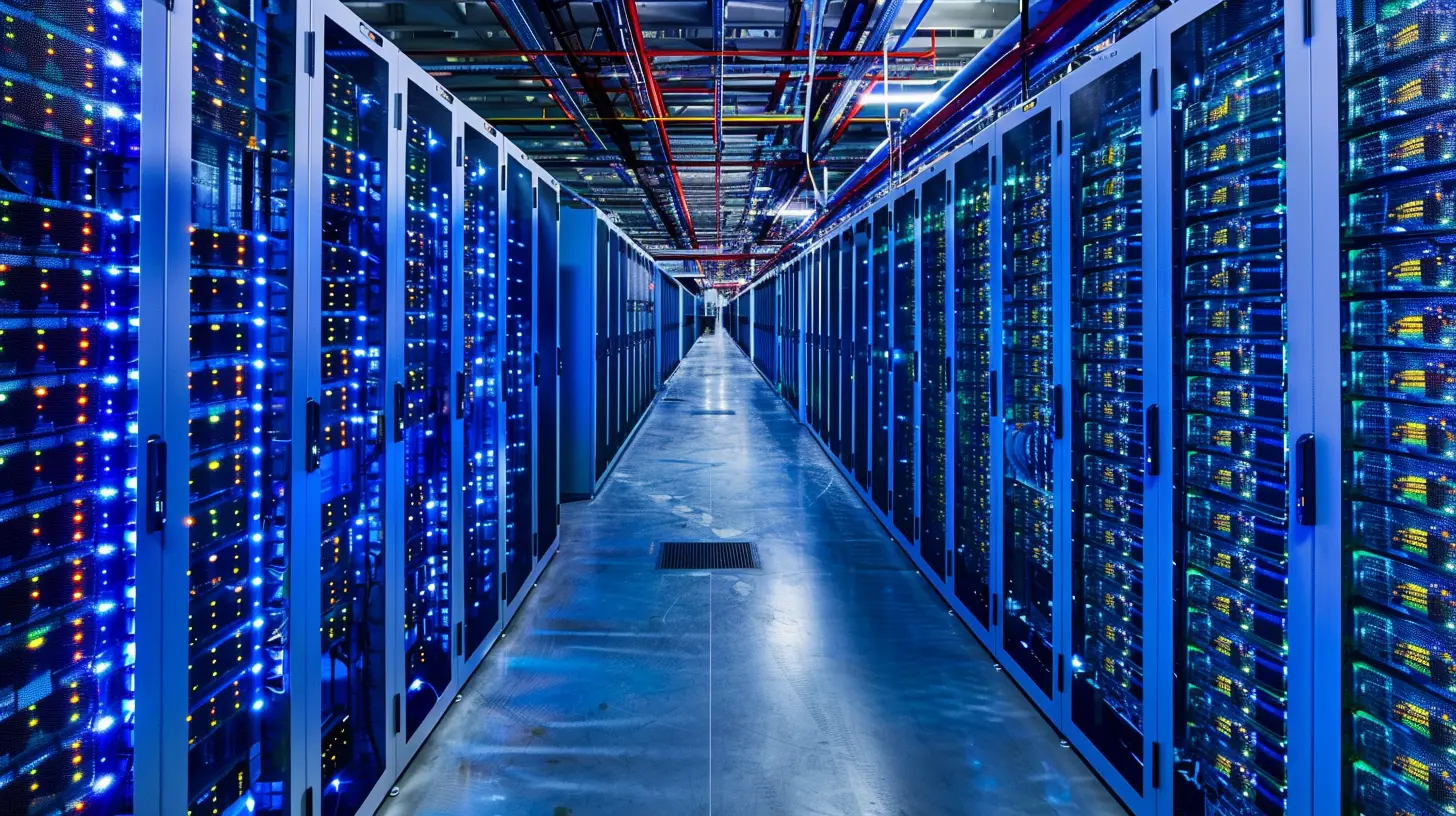
What is the Internet of Things (IoT)?
Before we get into the nitty-gritty, let’s take a quick detour to make sure we’re all on the same page. The Internet of Things, or IoT, refers to the network of physical devices—think cars, home appliances, wearables, and even industrial machines—that are connected to the internet. These devices collect and share data, making our lives more convenient and efficient.From smart thermostats that learn your temperature preferences to industrial sensors that warn manufacturers of equipment failure before it happens, IoT devices are revolutionizing how we interact with the world. But here’s the thing: all these devices generate a staggering amount of data.
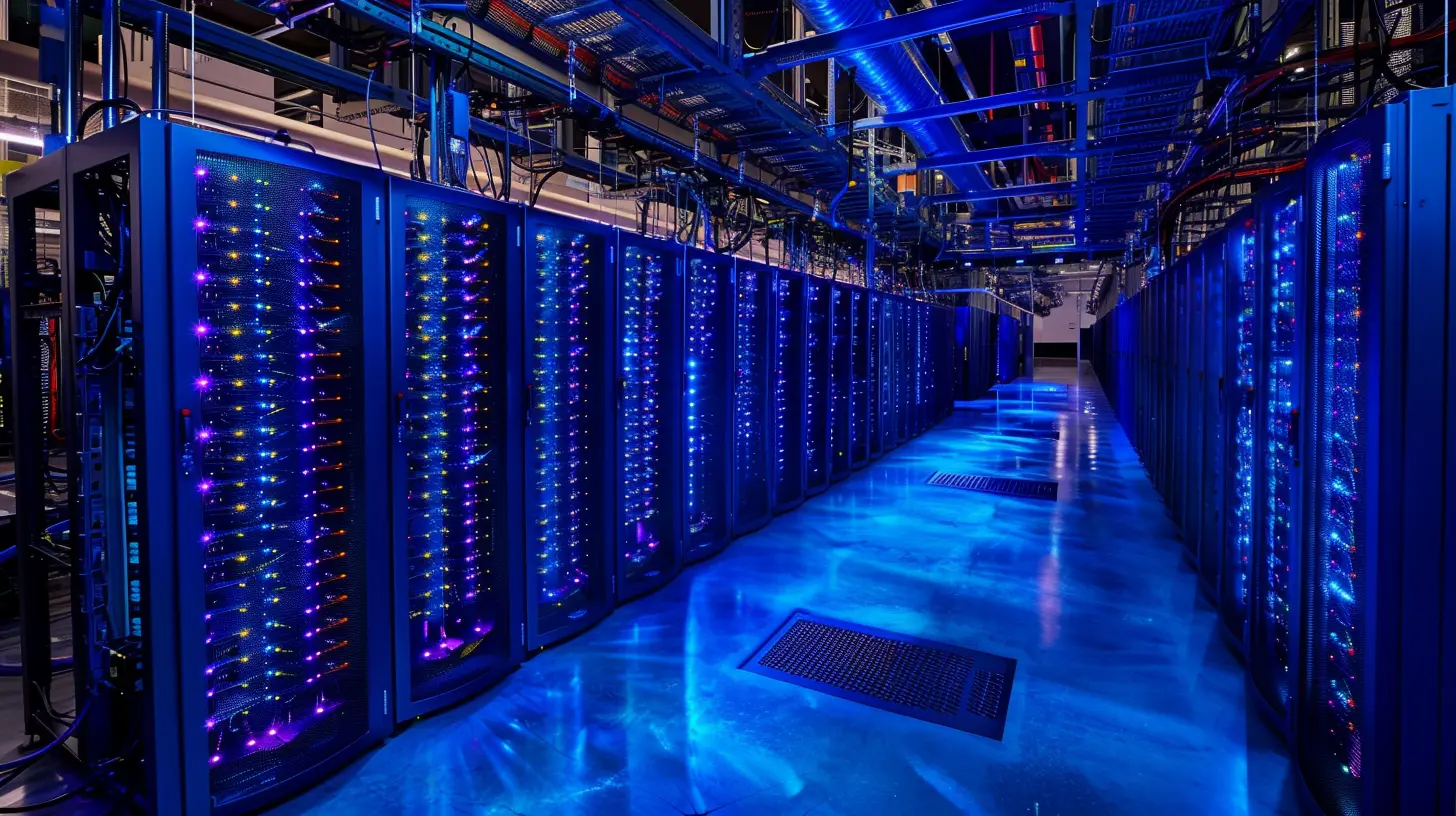
The Data Deluge: Why So Much Data?
Imagine you’re at a water park and suddenly, the wave pool cranks up to tsunami level. That’s pretty much what's happening in the world of data right now. Every IoT device—whether it’s a fitness tracker counting your steps or a smart fridge monitoring your grocery list—generates data in real-time. And when you multiply that by billions of devices, the numbers are mind-boggling.Here’s a quick snapshot of just how much data we’re talking about:
- By 2025, there will be over 75 billion IoT devices worldwide.
- These devices are expected to generate 79.4 zettabytes of data per year. (For context, one zettabyte equals a trillion gigabytes—yeah, it’s enormous!)
It’s not just about the volume of data, though. It’s also about its complexity. IoT data comes in all shapes and sizes: from small packets of information like temperature readings to large streams like video surveillance footage. Managing this data isn’t just about storage—it’s about processing, analyzing, and making sense of it in real-time.
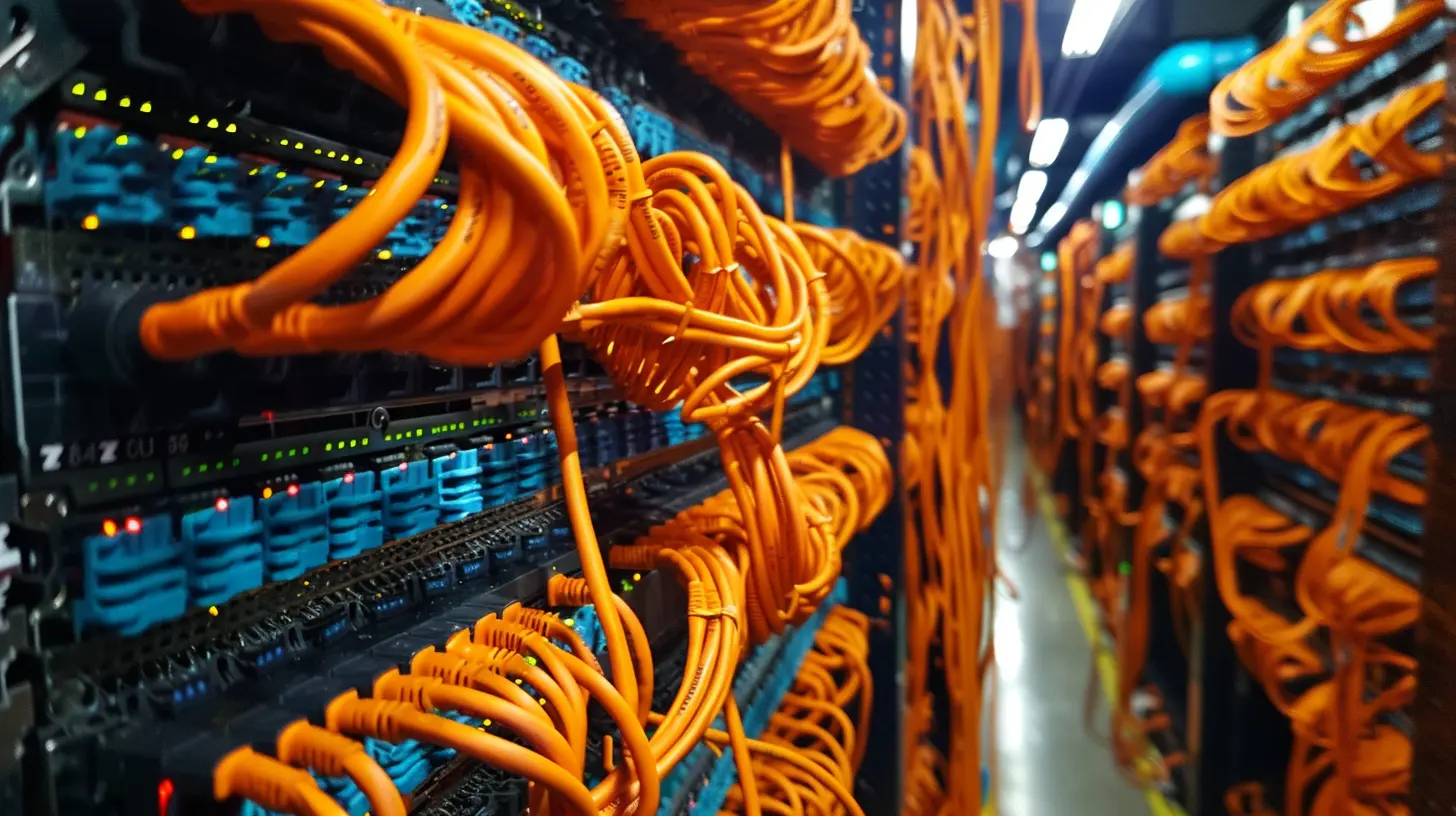
The Role of Data Centers in IoT
So, where does all this data go? Well, it needs a home, and that’s where data centers come in. Think of data centers as the castles where all this data is stored, processed, and managed.What is a Data Center?
In simple terms, a data center is a facility that houses computing infrastructure like servers, storage systems, and networking equipment. These centers are responsible for storing, processing, and distributing large amounts of data.Now, you might be thinking, “Aren’t data centers just glorified hard drives?” Well, not quite. Data centers are much more complex. They’re designed to ensure that data is available when needed, secure from cyber threats, and processed quickly enough to meet the demands of real-time applications like IoT.
How Data Centers Handle IoT Data
Data centers are the engine rooms of the IoT ecosystem. They provide the computing power needed to handle the influx of data from thousands or millions of connected devices. Here’s how they do it:1. Data Storage: First and foremost, all that data needs to be stored somewhere. Data centers are equipped with massive storage capabilities to keep up with the ever-growing amount of information generated by IoT devices.
2. Data Processing: Raw data is often meaningless without proper analysis. Data centers process this information, transforming it into insights that can be used to make decisions. For example, a smart thermostat’s data might be processed to learn your heating preferences or optimize energy use.
3. Data Security: With so much data being passed around, security is a major concern. Data centers employ various encryption and security measures to protect sensitive information from cyberattacks.
4. Data Distribution: Finally, once the data is processed, it needs to be sent back to the IoT devices or users who need it. Data centers ensure that this happens quickly and efficiently, without lag or downtime.
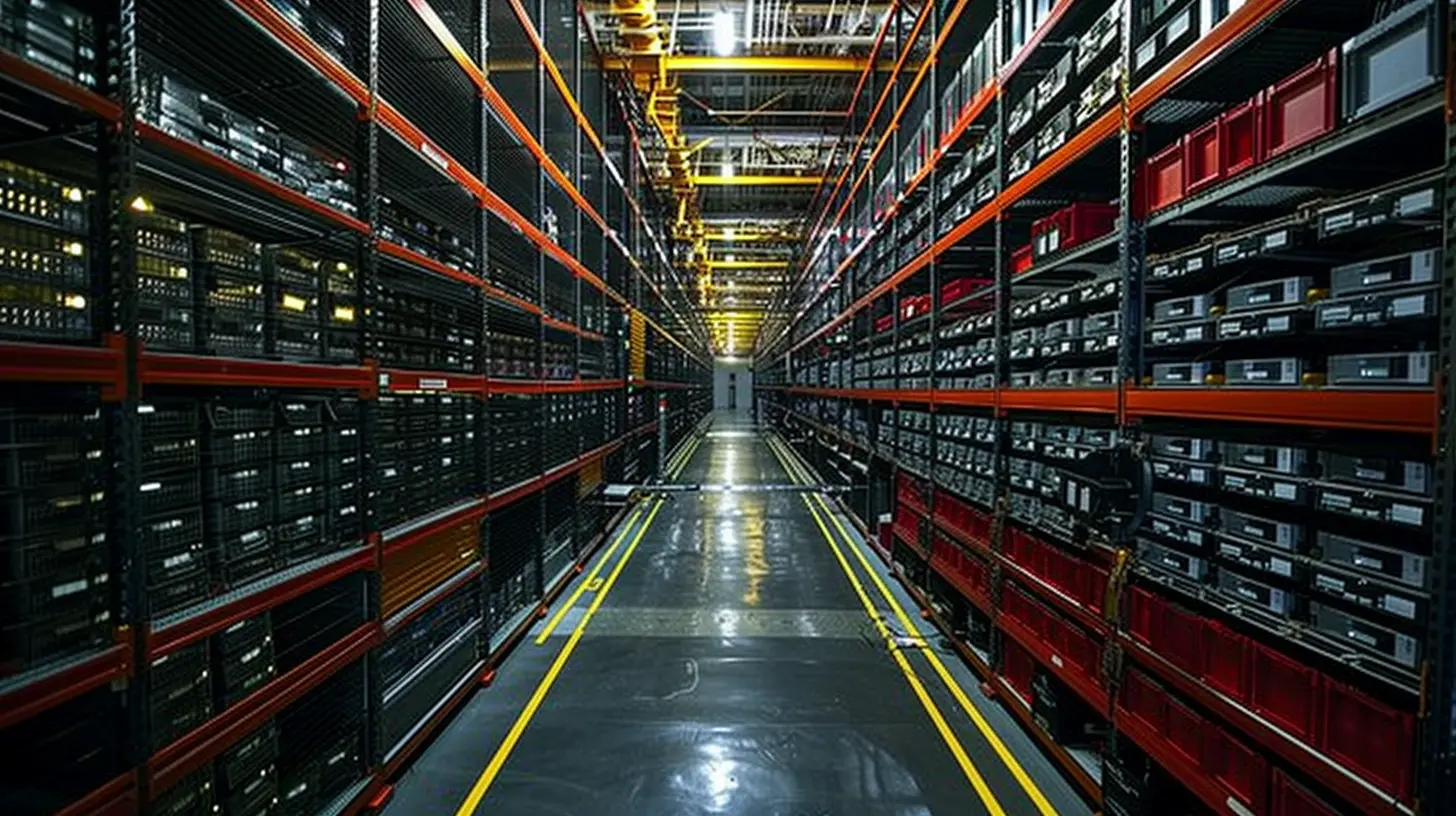
The Challenges of Managing IoT Data in Data Centers
While data centers play a crucial role in the IoT ecosystem, managing this flood of data isn’t without its challenges. As the IoT continues to grow, data centers face increasing pressure to keep up. Here are some of the biggest challenges:1. Scalability
Remember we mentioned that by 2025, there will be over 75 billion IoT devices? Well, that’s a lot. Data centers have to be able to scale up their infrastructure to handle this massive increase in data. However, scaling isn’t as simple as just adding more servers. It requires careful planning, investment, and technological innovation to ensure that data centers can handle the load without compromising on performance.2. Latency
In the world of IoT, especially with applications like autonomous vehicles or smart healthcare devices, real-time data processing is critical. Even the slightest delay could have serious consequences. Data centers need to minimize latency (the time it takes for data to travel from one point to another) to ensure that IoT devices can function properly in real-time.One way data centers are addressing this is through edge computing—processing data closer to where it’s generated rather than sending it all the way to a centralized data center. This reduces latency and ensures faster response times.
3. Energy Consumption
Here’s a startling fact: Data centers consume around 1% of the world’s electricity, and as the IoT grows, this number is only going to rise. The more data we generate, the more energy it takes to store and process it. Data centers have to find ways to increase energy efficiency, not only to reduce costs but also to minimize their environmental impact.Innovations like liquid cooling systems (which use liquids to cool down servers instead of traditional air cooling) and renewable energy sources are helping data centers become more energy-efficient, but there’s still a long way to go.
4. Data Security
With great data comes great responsibility. The sheer volume of IoT data being handled by data centers makes them a prime target for cyberattacks. From personal health information to financial data, IoT devices collect a wealth of sensitive information that needs to be protected.Data centers are constantly upgrading their security protocols to fend off cyber threats. This includes using advanced encryption methods, implementing firewalls, and ensuring that data is backed up and recoverable in the event of a breach.
The Future of Data Management in the IoT Era
As we look to the future, it’s clear that the relationship between data centers and IoT is only going to grow stronger. However, to keep up with the data deluge, data centers need to evolve. Here are some trends and innovations that could shape the future of data management in the IoT era:1. AI and Machine Learning
Artificial intelligence (AI) and machine learning are already playing a role in helping data centers manage the flood of IoT data. These technologies can be used to optimize data processing, predict equipment failures, and even enhance security by identifying potential threats before they become an issue.2. 5G Networks
The rollout of 5G networks will provide a significant boost to IoT data management. With faster speeds and lower latency, 5G will enable IoT devices to transmit data more efficiently, reducing the burden on data centers and allowing for real-time processing on a much larger scale.3. Sustainability Initiatives
As concerns over climate change grow, sustainability will become a key focus for data centers. Expect to see more data centers adopting renewable energy sources, improving energy efficiency, and even using AI to manage power consumption more effectively.4. Edge Computing
We touched on this earlier, but edge computing is likely to become more prevalent as IoT continues to grow. By processing data closer to where it’s generated, edge computing can reduce the load on centralized data centers and improve real-time data processing.
Conclusion
The Internet of Things is transforming the way we live, work, and interact with the world around us. But with this transformation comes a deluge of data that needs to be managed effectively. Data centers are at the heart of this data management process, providing the storage, processing power, and security needed to keep the IoT ecosystem running smoothly.However, as the number of IoT devices continues to skyrocket, data centers face significant challenges. From scalability and latency to energy consumption and security, managing the data deluge isn’t easy. But with the help of innovations like AI, edge computing, and 5G, data centers are evolving to meet the demands of the IoT era.
So, the next time you ask your smart assistant to play your favorite song or check your fitness tracker after a run, remember that there’s a data center working tirelessly behind the scenes, ensuring that everything runs smoothly.
all images in this post were generated using AI tools
Category:
Data CentersAuthor:

Gabriel Sullivan
Discussion
rate this article
7 comments
Elidi Willis
Great article! It's exciting to see how data centers are evolving to handle the IoT boom. Your insights on managing data effectively are invaluable as we navigate this data deluge. Keep up the fantastic work!
May 19, 2025 at 11:03 AM

Gabriel Sullivan
Thank you for your kind words! I'm glad you found the insights valuable as we tackle the challenges of the IoT boom together.
Nyxaris Allen
Embracing the data deluge is our opportunity to innovate! As we harness the power of IoT and optimize data centers, we’re not just managing information—we’re shaping a smarter, more connected future. Let’s lead the way!
May 15, 2025 at 10:59 AM

Gabriel Sullivan
Absolutely! Embracing the data deluge is key to driving innovation and building a smarter future through IoT and optimized data centers. Let's seize this opportunity!
Rhea Nguyen
Great insights! Scalability and efficiency are crucial for success.
May 11, 2025 at 4:16 AM

Gabriel Sullivan
Thank you! Absolutely, scalability and efficiency are key to handling the growing data demands of IoT.
Taylor McAndrews
This article adeptly highlights the critical role of data centers in handling the exponential data growth driven by the Internet of Things, emphasizing innovative management strategies for efficient data processing.
May 10, 2025 at 6:18 PM

Gabriel Sullivan
Thank you for your insightful comment! I'm glad you found the article highlights the important strategies for managing data growth in the IoT landscape.
Vaughn Collins
Data deluge? Sounds like my weekend laundry! Let's wrangle that IoT chaos before it floods our circuits—cue the digital lifeguards!
May 10, 2025 at 12:09 PM

Gabriel Sullivan
Haha, great analogy! Just like laundry, managing IoT data requires organization and timely action to avoid overload. Thanks for the fun comment!
Briar McCabe
Great insights on the intersection of data centers and IoT! Embracing innovative solutions will undoubtedly help us navigate the complexities of data management effectively.
May 10, 2025 at 2:51 AM

Gabriel Sullivan
Thank you! I'm glad you found the insights valuable. Embracing innovation is indeed key to managing the data deluge.
Rhett McCallum
Navigating the complexities of data management in our increasingly connected world is challenging. Your insights on balancing efficiency and sustainability are both timely and essential. Thank you!
May 9, 2025 at 2:23 AM

Gabriel Sullivan
Thank you for your thoughtful comment! I'm glad you found the insights helpful in addressing the challenges of data management in our connected world.
MORE POSTS

Unlocking the Future: How Augmented Reality is Changing Everyday Life

Understanding Shared Responsibility in Cloud Security

The Growing Importance of Ethical AI in Tech Development
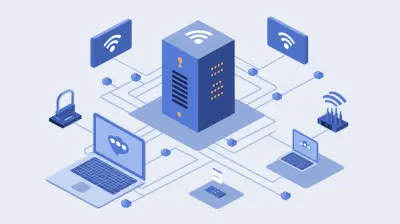
How to Set Up a Guest Network for Added Security

API Security Challenges in Cloud Applications
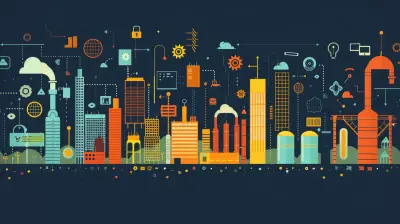
The Intersection of IoT and Data Analytics